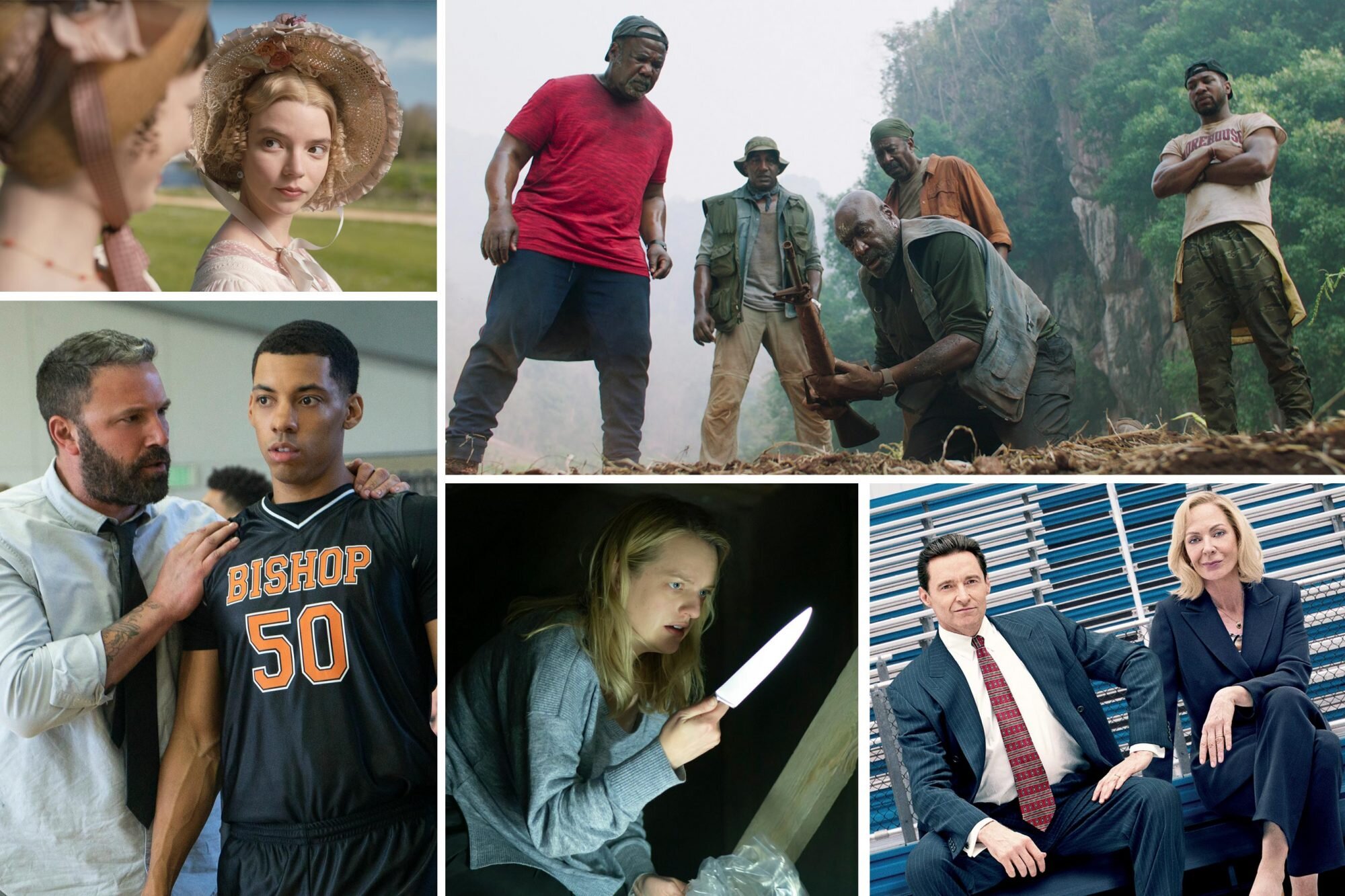Film Review: "Justice League" Snyder Cut **
Justice League Snyder Cut **
I admit I went in with hesitation to Zach Snyder’s cut of Justice League. Never having been a fan of Zach Snyder’s direction, I often use his films as examples of how a director has craft (knowledge / skill) and technique (the use of craft in a systematic way) but fails to achieve any form of artistic expression with that technique. Take for example Snyder’s overuse of slow motion to create a style, but not one that adds to the thematic or meaning of the film. He does it because it “looks cool”. But when a director uses such craft without artistic intention or justification, they cheapen the meaning of their own film. With all of this said, Justice League might be Snyder’s best film to date, and it is still mess of jumbled parts.
When Marvel’s Infinity War came out, I said that Marvel had the impossible task of balancing so many characters in telling such a large sprawling story. They used the nearly twenty Marvel films prior to establish the characters and build up to this event. Even though I think Infinity War sort of fails in creating a driving narrative, they almost achieve it with the brilliant decision of making Thanos the protagonist of the story. Thanos just needed more screen time. Every scene he’s in is spectacular and he makes the decisions that drive the film forward such as sacrificing Gomora. However, when the camera turns away from Thanos, the heroes are left to develop relationships with each other with one-liners rather than actual character development. Iron Man and Dr. Strange dislike each other, but their dislike is never explored or developed. It’s established with a series of one-liners and, as a result, their hostility seems contrived for the convenience of manufactured conflict. After watching Snyder’s Justice League, my appreciation for Infinity War greatly increased. Snyder’s Justice League makes Infinity War seem like the Mona Lisa. While Infinity War is setup for the sequel Endgame (a brilliant movie), it is also a stand-alone film that builds to a powerful and breathtaking climax contained in the snap of a finger. One of the major issues with Justice League is that, in its sprawling nature, it never coalesces into one story. Instead, Snyder divides the film into chapters, which serve as individual stories, almost mini movies. A couple of those are well done. The best is Cyborg’s backstory who emerges as an actual character in this version of the film. Cyborg’s complicated relationship with his father sets him up as a character worthy of his own movie. But the problem is those storylines play as setup for an independent film. The other chapters that deal with the thrust of the narrative, the coming invasion by Darkseid, also feel like setup for a sequel rather than telling a story worthy of being told. The result is that Justice League feels like four hours of exposition for a movie that most likely will not be made.
For all the Zach Snyder added to the film to recreate his vision, his revisions reveal that the fundamental problems with the Joss Whedon version remain in this film: the lack of an authentic villain. Steppenwolf, although more developed, remains a visual mess, a character without personality or drive. His subservient relationship with his master Darkseid plays out somewhat comically as Steppenwolf attempts to earn the praise of his master. Even with this, Darkseid is kept at such a distance, we don’t understand Steppenwolf’s desire or humiliation; his motivations are what is apparent without depth or reason. As a result, even though the new cut ties in the mythology of Darkseid coming back to Earth, Steppenwolf feels like a steppingstone, setup, for the actual story involving Darkseid. As a result of such a weak central story, Snyder creates as many tangents as possible to draw the audience into the film. He does so with the previously mentioned chapters on each of the Justice League members. He also does this at the end with trips into the future and multiple dimensions. These individual sequences are fine on their own, but as an ending to the movie don’t work as any sort of narrative conclusion. Once again, what these sequences really do is setup more films: one about the crisis in the future; one about the Joker coming to be a hero; one about the multiverse, which is coming in the Flash film.
After watching Snyder’s four hour cut, I was left wondering… what did I even watch? His work might have worked better as a multi show series than a single film. But even when one divorces the film from the narrative and looks at just the filmmaking, Snyder’s style is consistent throughout the film, but being bombastic in nature, and using so much music, it really does feel like a four-hour music video.







